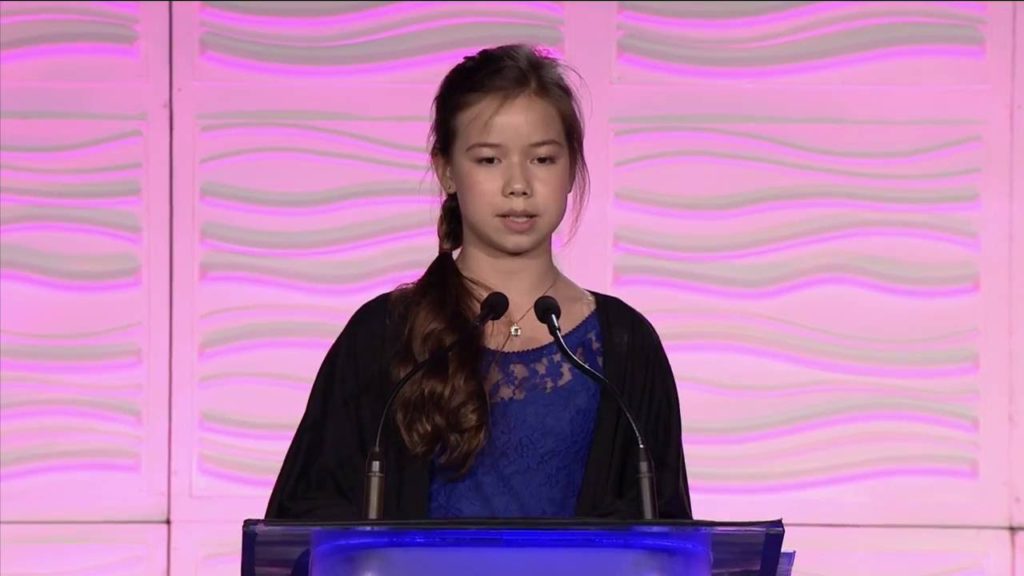
Making an outline for a speech is very similar to making an outline for a five paragraph essay. Most students have written way more five paragraph essays than they have written speeches, so it’s comforting to know you can apply a lot of the same techniques to speech-writing.
Simply put, all speeches have an introduction, supporting information and a conclusion.
Here’s how to break down these sections into an outline:
Introduction
There are lots of different ways to introduce your topic:
- Cite a statistic – If you told the audience that planet Earth will fail to be able to support the population of human life by 2050, you’ll surely have everyone’s attention as many people in the audience, or at least their children or grandchildren, will still be around by then. Now people will be curious about what solution you’re proposing for this problem.
- Tell an anecdote – A story, whether it’s personal or it happened to someone else, has a way of humanizing a subject. People may be able to relate to the story the speaker is telling. It can help them understand why this subject is important to them too.
- Use a quote – Sometimes a quote has the ability to summarize everything your topic is about in an elegant way. If you have such a quote about your subject, it’s a great way to start off your speech.
Make a Statement
This is very similar to your thesis statement in a five paragraph essay. After you’ve given your introduction, make a clear statement telling them the main point of your speech. It could be something like, “Making habitation of other planets possible should be the number one priority of all governments right now.”
Supporting Information
This is where you get into the details. Just pick a few issues to talk about. Don’t expect that you’ll have the time (or that your audience will have the patience) to go through an encyclopedic account of everything you know on the subject. Focus on the points that most strongly back up your statement. An example of an outline for the topic of inhabiting Mars could be:
- Supporting evidence 1 – Predicted population by 2050.
- Supporting evidence 2 – Scarcity of resources such as food, water, materials for clothing and shelter to support such a population.
- Supporting evidence 3 – Global warming causing sea levels to rise and encroaching on habitable land mass as well as causing natural disasters.
Your ability to persuade the audience to adopt your point of view rests partly on your ability to provide them with credible information, so use research from experts.
A Word About the Anti-Thesis
If your subject is polemical, it’s useful for you to address the objections of the naysayers. Some people may feel that investing in living on other planets is a waste of time and resources that should be spent trying to correct problems on Earth. They may feel that green technology has the ability to reverse some of the damage to the earth, making it possible to sustain a larger human population. Addressing these issues has the benefit of increasing your credibility- you are aware of the other opinions and you still chose a different side.
Conclusion
Just as there are many ways to introduce a speech, there are also many ways to conclude one.
- Summarize – Briefly hit on your key ideas one more time to remind your audience of them and to drive your point home.
- Take it a step further – Suggest research that needs to be done or policies that need to be implemented for a more successful resolution to the problem you presented.
- Call to action – Depending on the subject of your speech, it may be appropriate to ask the audience to do something such as sign a petition, join a newsletter, write a congressman or make a donation to a cause.
A successful outline can be done easily if you remember to make a strong statement at the end of your introduction, back it up with selected points and conclude with the style of your choice.
